We caught up with Jaime Hayon at Palazzo Serbelloni in Milan, where Caesarstone unveiled his latest wonderland: a fun take on the idea of the pavilion with a Hayon-esque dose of eccentricity.

Photography by Tom Mannion
April 4th, 2017
Things have gotten a little crazy in the ballroom at Palazzo Serbelloni – the late eighteenth-century palace in Corso Venezia, Milan. And we mean that in an entirely good way! Caesarstone has continued its Designer Collaboration Programme (which last year saw Tom Dixon create a series of experimental kitchens inside a deconsecrated church), and this year Jaime Hayon has turned up the fun factor with a kaleidoscopic pavilion that mixes references and upturns expectations of enquineered quartz.
Stone Age Folk is the pinnacle event of the brand’s year-long collaboration with Hayon. Earlier this year we reported on his series of furniture that used Caesarstone in a type of punchy new-age marquetry: cabinets with faces, bird-shaped tables and more. This concept takes a more architectural form in Milan, where the same set of inspirations (flora, fauna and folklore from various cultures) has manifested in a walk-in riot of shapes, patterns and colours.
“I tried to reinvent marquetry with my aesthetic,” Hayon told us. “I thought the challenge here was to raise the voice of the Caesarstone material – to make it stand out more. It’s a twenty-first-century type of stone and when you assemble it together and make marquetry, you can create something really special,” he said.
The pavilion, which has a hand-assembled metal structure, incorporates 48 Caesarstone colours as well as coloured glass that casts graphic shadows onto the palace walls. Tribal masks and clown faces appear at a large scale in wall panels, alongside spinning carousels made with Caesarstone, and other furniture pieces.
“This is an installation that started a long time ago in my brain – this idea of making a pavilion. Once in a while a case study, a pavilion, or a special ephemeral architectural element comes into place within the history of design and architecture, in a universal expo for example. There have been a lot of examples – from Josef Hoffmann’s Austrian pavilion to the Crystal Palace to case studies by the Eameses and Le Corbusier.”
He continues, “I just wasn’t sure what materials would work. I wanted to make something a little bit wild. Things clicked when I met Caesarstone and it became a great opportunity. What I always try to find, especially now at this moment in my career, is people who want to do something that will push the limits.”
What does he hope people who visit the pavilion will take away from the experience? “I already saw it just now – exactly what I want people to feel. ‘Wah? What’s that?’ This effect of being surprised. Design today is not only about creating functional stuff. It’s also about being surprised, and challenging the material and challenging the creativity.”
INDESIGN is on instagram
Follow @indesignlive
A searchable and comprehensive guide for specifying leading products and their suppliers
Keep up to date with the latest and greatest from our industry BFF's!
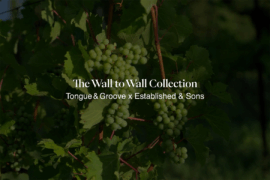
London-based design duo Raw Edges have joined forces with Established & Sons and Tongue & Groove to introduce Wall to Wall – a hand-stained, “living collection” that transforms parquet flooring into a canvas of colour, pattern, and possibility.
The new range features slabs with warm, earthy palettes that lend a sense of organic luxury to every space.
The new range features slabs with warm, earthy palettes that lend a sense of organic luxury to every space.

DKO’s Koos de Keijzer and Michael Drescher bring us this personal report from Salone del Mobile 2025 in Milan.
The internet never sleeps! Here's the stuff you might have missed
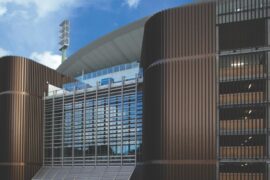
With the Evershield® Anodising 50-Year Warranty, AAF offers peace of mind that architectural aluminium will remain vibrant, resilient, and beautiful for generations.
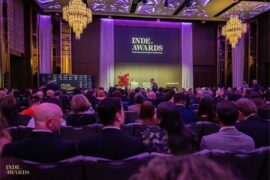
As a supporter of the 2025 INDE.Awards, COLORBOND® steel recognises the importance of the next generation of architects who are leading the way in creativity and innovation to help design and sustain our future.
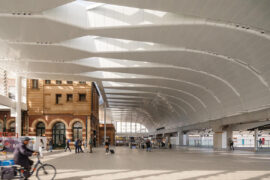
Now in their 19th year, the Architecture & Design Sustainability Awards are Australia’s leading program dedicated to recognising innovation and excellence in sustainable architecture and design.
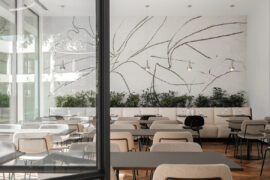
Hospitality is evolving fast, demanding interiors that can flex as quickly as guest expectations. From modular seating to stackable silhouettes, Bowermans brings global design brands and local know-how to help designers shape spaces that perform as well as they inspire.